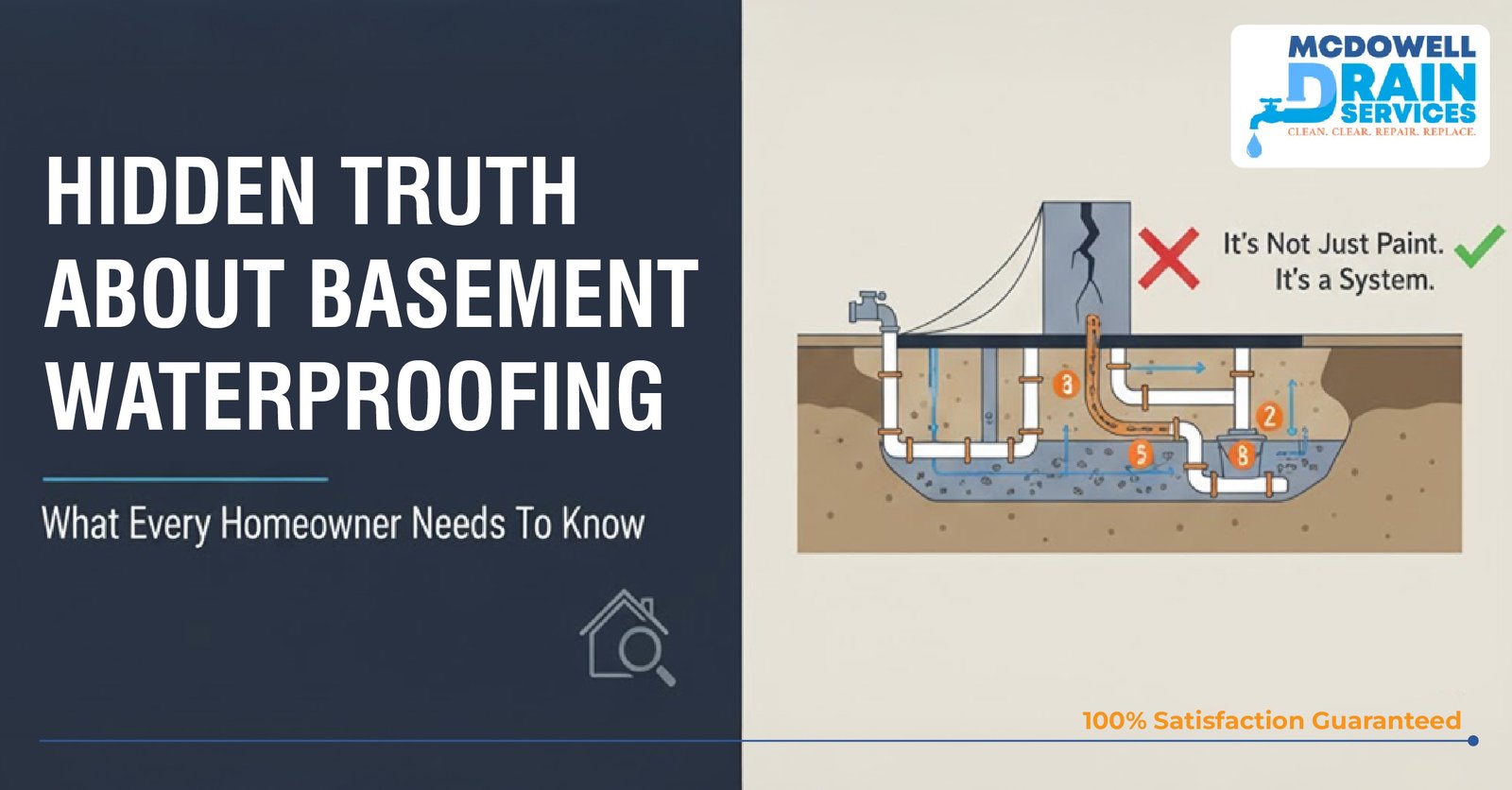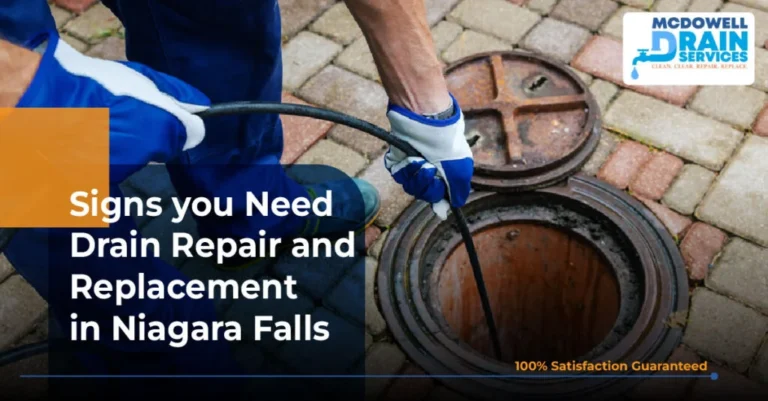Most homeowners breathe a sigh of relief once the basement waterproofing job is done. You’ve spent the money, the company hands you a shiny warranty, and it feels like you’re set for years. But here’s the uncomfortable truth: a lot of those warranties look stronger than they really are. When a new leak appears down the line, many people discover that the coverage they trusted isn’t quite what they imagined.
Let’s unpack the subtle details that often get buried in the fine print. If you understand these early, you’ll save yourself from the frustration of future surprise bills.
Coverage Often Stops at the Treated Spots
This is one of the most common traps. Many waterproofing warranties only apply to the specific section of the basement where the company worked. If they treated the back wall and, two years later, water starts coming in through the side wall, they can simply say, “that’s not covered.” It sounds absurd, but it’s completely legal because that’s what the contract said from day one.
Before you sign anything, make sure you know whether the warranty covers your entire basement or just the exact area where they did the work.
Interior Systems Don’t Always Cover Exterior Problems
Another subtle issue is the type of system installed. Most interior drainage systems are designed to manage water that has already entered, not to stop it from coming through exterior walls. So if future leaks develop outside the treated zone or from foundation cracks the system wasn’t built to handle, the company can easily deny responsibility.
It’s worth asking directly whether the warranty includes leaks from other sources, not just the system they installed. Many won’t.
“Lifetime” Doesn’t Mean What You Think
The phrase “lifetime warranty” feels bulletproof, but it’s one of the slipperiest marketing tricks in the waterproofing business. Sometimes “lifetime” refers to the structure’s lifetime, other times to the original owner’s lifetime, and in some cases it’s just a fancy way of saying “25 years.” The actual meaning is hidden in the legal text.
Don’t rely on verbal promises. Ask how “lifetime” is defined and get it in writing.
Warranties Don’t Always Follow the House
If you sell your home, there’s a good chance the warranty won’t transfer to the next owner unless you pay extra or go through a formal transfer process. Many people find this out only when buyers ask for warranty details during a sale. Suddenly, the “lifetime” coverage evaporates because it’s non-transferable.
If selling is even a distant possibility, look for a company whose warranties can move to the new owner. It can make your property more appealing, too.
Maintenance Rules Can Void Coverage
Even if the waterproofing work itself is solid & the company can refuse to cover leaks if they believe you didn’t maintain the system properly. Maybe the sump pump wasn’t serviced, the discharge line clogged, or small damp patches were ignored for too long. These are common reasons for claims to get rejected.
A simple way to protect yourself is to keep records. Annual maintenance checks and receipts can become your best friend if you ever need to make a claim.
Acts of Nature Usually Aren’t Included
Most warranties quietly exclude extreme weather or sudden ground shifts by labeling them “acts of God.” If a huge storm floods your property, or soil movement pushes water in from unexpected angles, don’t be surprised if the company steps back.
Ask upfront whether they cover damage caused by extreme weather or sudden ground shifts. If they don’t, you might need to consider separate insurance for that kind of scenario.
Foundation Shifts Aren’t Their Problem
Waterproofing systems are typically installed assuming the foundation will stay put. If the soil shifts and foundation settle unevenly over time, new cracks can form in different places. These aren’t covered under most warranties because they classify the issue as a structural movement, not a waterproofing failure.
That doesn’t mean you’re helpless. It just means that waterproofing and structural protection are often two separate things, and you should plan accordingly.
Materials Might Be Covered, Labor Might Not
Here’s another one that catches people off guard. Some warranties promise to replace defective parts but don’t include the cost of labor, travel, or other service charges. So yes, they’ll fix the problem—but you’ll still get a bill.
Ask clearly whether both materials and labor are covered. If only one is, your “free repair” might not feel very free.
A Warranty Is Only As Good As The Company Behind It
Paper promises don’t mean much if the company doesn’t exist in a few years. Smaller or newer waterproofing businesses sometimes close shop or change names, leaving homeowners with worthless paperwork.
Before signing, look at how long the company has been around, check reviews, and make sure they have a stable presence. A long warranty from a shaky company isn’t protection—it’s a gamble.
Delay in Reporting Can Work Against You
Many warranties include a clause that requires you to report any problems within a certain number of days—sometimes as short as a week. If you delay, try a DIY fix first, or simply don’t notice in time, they can argue the damage got worse because of your inaction and refuse the claim.
The moment you spot moisture or staining, document it with photos and notify the company in writing. A quick response can make or break your coverage.
A Simple Way to Compare What’s Covered and What’s Not
To make it easy, think of it like this:
| Commonly Covered | Often Excluded or Limited |
|---|---|
| Leaks in treated sections | Leaks in untreated walls |
| Defective drainage or material failure | Exterior leaks and foundation movement |
| Repairs within the system’s zone | Extreme weather or “acts of God” |
| Original owner’s coverage | New owners without transfer |
| System defects | Labor costs if excluded in contract |
This table isn’t universal, but it captures the typical pattern you’ll find in most waterproofing warranties.
The Real Lesson Here
A waterproofing warranty isn’t automatically a safety blanket. It’s a legal document with limits, conditions, and plenty of small print that most people never bother to read. If you understand those limits upfront, you won’t be caught off guard when water shows up again.
Read carefully, ask direct questions, and keep every piece of paperwork. Your future self will thank you when the rain starts and your basement stays dry—or at least when you’re not fighting a warranty battle you didn’t see coming.





